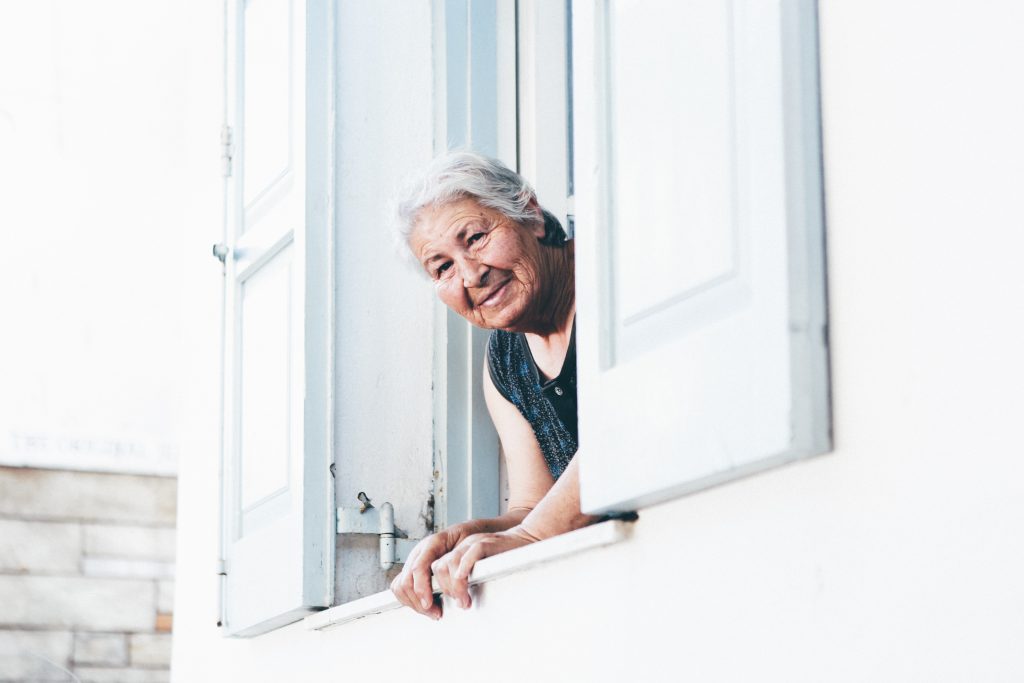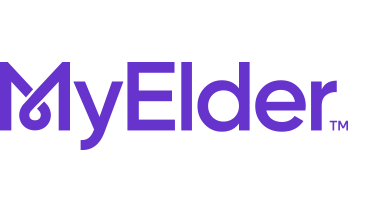
The pandemic took away the residents’ right to social connection and support. It’s time to change that.
Visits from family and friends are vital to the health and well-being of residents in long term care facilities. In addition to providing the social connection and emotional support that all humans need to thrive, visitors provide essential monitoring and elder care.
“It’s killing me that my mom is locked away and it’s just gone on way too long,” said Joanne Rosas, whose mother Imelda Velez, 87, has been at the Cambridge Center for Rehabilitation & Healthcare in Brooklyn for 4 years.
“If nursing homes are still short-staffed, I don’t care how much they’re spending on fancy new technology for disinfection, residents are going to suffer,” she said. “They need to hire more staff and they need more mental health services. That should be the priority.”
Too many residents have been robbed of this essential right at a time when they have needed it most. In March, the Centers for Medicare & Medicaid Services (CMS) blocked visitation for nursing home residents except “for certain compassionate care situations, such as an end-of-life situation.” [1] Sadly, many facilities have misinterpreted this to mean only at the very end of life. Perversely, this has resulted in many residents dying alone.
COVID-19 has decimated residents in nursing homes nationwide and led to more than 43,000 fatalities in long term care facilities. [2] Countless more residents are suffering and dying from other causes; gross neglect, substandard care, loneliness, and “broken hearts.” Numerous reports have indicated that facilities are failing to deliver basic services – even sufficient nutrition and hydration. [3]
[1] Guidance for Infection Control and Prevention of Coronavirus Disease 2019 (COVID-19) in Nursing Homes, CMS (March 13, 2020). https://www.cms.gov/files/document/qso-20-14-nh-revised.pdf.
[2] State Data and Policy Actions to Address Coronavirus, Kaiser Family Foundation (June 4, 2020). https://www.kff.org/health-costs/issue-brief/state-data-and-policy-actions-to-address-coronavirus/
[3] Lamas, Daniela. The Country Is Reopening. My Patients Are Still Suffering, New York Times (May 29, 2020). https://www.nytimes.com/2020/05/29/opinion/sunday/coronavirus-nursing-homes.html
Residents have gone without access to friends and families for too long. Nursing homes are not hospitals or M.A.S.H. units, and they are not settings where people are supposed to go or stay in an emergency. That we have allowed facilities to operate for months on end with only limited government oversight and without accountability for grossly insufficient staffing or services – all while cutting off residents from families – is utterly unacceptable.
Nursing homes are paid – and legally and morally obligated – to have sufficient staffing, personal protective equipment (PPE), and other supplies to meet the needs of their residents at all times. These requirements were not excused for the duration of the coronavirus pandemic, and it is inexcusable that CMS and state health departments have essentially given the nursing home industry a vacation from accountability while residents have suffered and died.
Related Posts
My Elder Monitoring in the Age of Coronavirus
Ageism More Prominent Due To COVID-19
Lessons From The Front: What Nursing Homes Should Learn From Covid-19
SENSIBLE AND SAFE RECOMMENDATION
Following are our recommendations for restoring residents’ rights to visitors in a sensible and safe way until residents’ longstanding rights to have visitors in their homes are fully reinstated.
1. Every resident has the right to designate at least one Support Visitor in Person (SVIP).
– The SVIP can be a family member, friend, or other individual chosen by a resident to visit on-site and provide emotional and other support.
– If the resident lacks capacity, the resident’s representative has the right to designate the SVIP.

2. Policies and practices (whether facility or government-based) must provide for both safety and reasonable accommodations of SVIP visitation, including:
– a reasonable number of visitation hours every day
– schedules provided in advance to residents, families, the local LTC Ombudsman Program, and posted in the facility, at the facility’s public entrance, and on any website utilized by the facility (including home page, Facebook page, and/or listserv)
– access to visits indoors and outdoors (weather permitting)
– accommodating and respecting the privacy of residents during visits
– ensuring SVIP access and accommodations to residents of all floors
– for indoor visits, facilities may limit visitation to the resident’s room (if the resident is in a private room) or a designated visiting area and ensure sanitation before and after visits
– assuring compliance with all reasonable infection control precautions, as set forth in writing by the facility or state, including but not limited to: use of masks and other PPE (as appropriate); health and symptom screening; and social distancing from staff, other residents, and the resident being visited (as appropriate)
– prioritization, with respect to time and frequency, of access to visitation in end-of-life and other compassionate care situations
– educating staff, residents, and SVIPs on the risks of the spread of COVID-19 and the appropriate/applicable safety precautions
The long-term care industry has sufficient funds to make the safety upgrades, given recent injections of federal aid. The Department of Health and Human Services (HHS) announced last month that skilled nursing facilities were eligible for $50,000 each in stimulus funds, plus an additional $2,500 per bed, as part of the CARES act. In addition, the coronavirus relief legislation created a 20% premium, or add-on, for COVID-19 Medicare patients.
My Elder is committed to helping our clients get the best medical care available. We can help you with elder care services including Assisted Living and Nursing Home Placement, Hospital and Nursing Home Crisis Intervention, Elder Care Monitoring, Elder Home Care Advisory, Long Term Care Planning, and more. Please contact us at 212-945-7550 if you need an elder advocate.
Photo Credits Nick Karavounis and Sabine Van Straaten


